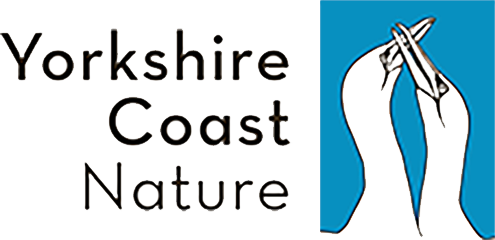Avid followers of UK Motus expansion know that Spurn Bird Observatory was one of the first bird observatories in the country to acquire a Motus receiver.

19 August 2021
This was installed in 2019 and has been ‘listening’ for tagged birds and bats flying over from the continent since then. Sadly, probably related to the location of tag deployments in Germany and the Netherlands, it hasn’t detected any.
Luckily, at the beginning of 2021, we were given permission to tag European blackcaps, in order to investigate variation in their migratory behaviour, specifically their departure directions from a migratory stopover site. Blackcaps are known to have diversified their migratory movements over the last 50 years and we now receive many wintering birds from the continent.
In mid-May 2021, we deployed a Motus tag onto a young male blackcap, caught at Kew by Paul just after 8am and delivered to us in a separate ringing party at the Warren. By 9am, the bird was well on his way with his new bit of gear glued to his back and we were already receiving signals! Surprisingly, the bird actually stayed in the Spurn area for 5 days – most of this was spent very close to the Observatory, likely in the wonderful scrub habitat adjacent to Kew. We know this because the signals were strong, and often the bird was picked up on all 4 antennae at once.
Even though the tags emit their signal every 3.7 seconds, this can lead to lots of ‘clutter’ – read: messy data! – so I have averaged the signal strength and direction for every hour that it was in the area – that’s still 154 hours!
This labelled graph shows the blackcap’s movements around the Spurn area.
The bird is clearly picked up on average on the SSW pointing antenna more than others, but in reality the bird is moving around the area close to the receiver pretty constantly over the 5 days. It spends most of its time foraging and roosting close to Kew/ Crown & Anchor, makes a brief movement to the ESE on its last day in the area and then, on the evening of the 18th May, after going to roost around 20:00, it lifts off just after 22:00 moving from SSW of the receiver to the north, where we see it disappear from the receiver’s detection range (see the graph below – there is a peak and then a rapid decline in signal strength).
But – that’s not all! The bird didn’t disappear altogether - the last part of the graph is the most exciting – it shows that the bird is only picked up on the northern-pointing antenna (P1 as it’s known) and the signal strength (or signal to noise ratio – or SNR - more accurately) drops considerably to 10. From our testing, we know we can achieve a SNR of around 10 on the far side of the Easington gas works to the receiver – this is around 4.5km away, so we’re looking at a similar strength signal here. It is not good to assume anything and without another antenna/receiver setup over past Easington, it is not possible to triangulate the bird’s location – however, there are a number of scrub patches, copses and of course – gardens – in the Easington area where it could easily have spent a day before finally leaving the area altogether.
We don’t know why it made ‘two’ departures – it is possible that the weather on the first night wasn’t suitable – there could have been a strong headwind, so that despite feeling ready to leave, it was difficult to leave the area.
From our understanding of signal strength in different areas its movements I’ve created a map of the blackcap’s rough movements below.
We’re looking forward to tagging some more birds this autumn at a number of locations – including Spurn. Fingers crossed the data are as interesting and we start to understand a bit more about blackcap migration behaviour.
Dr Lucy Mitchell
University of Hull


